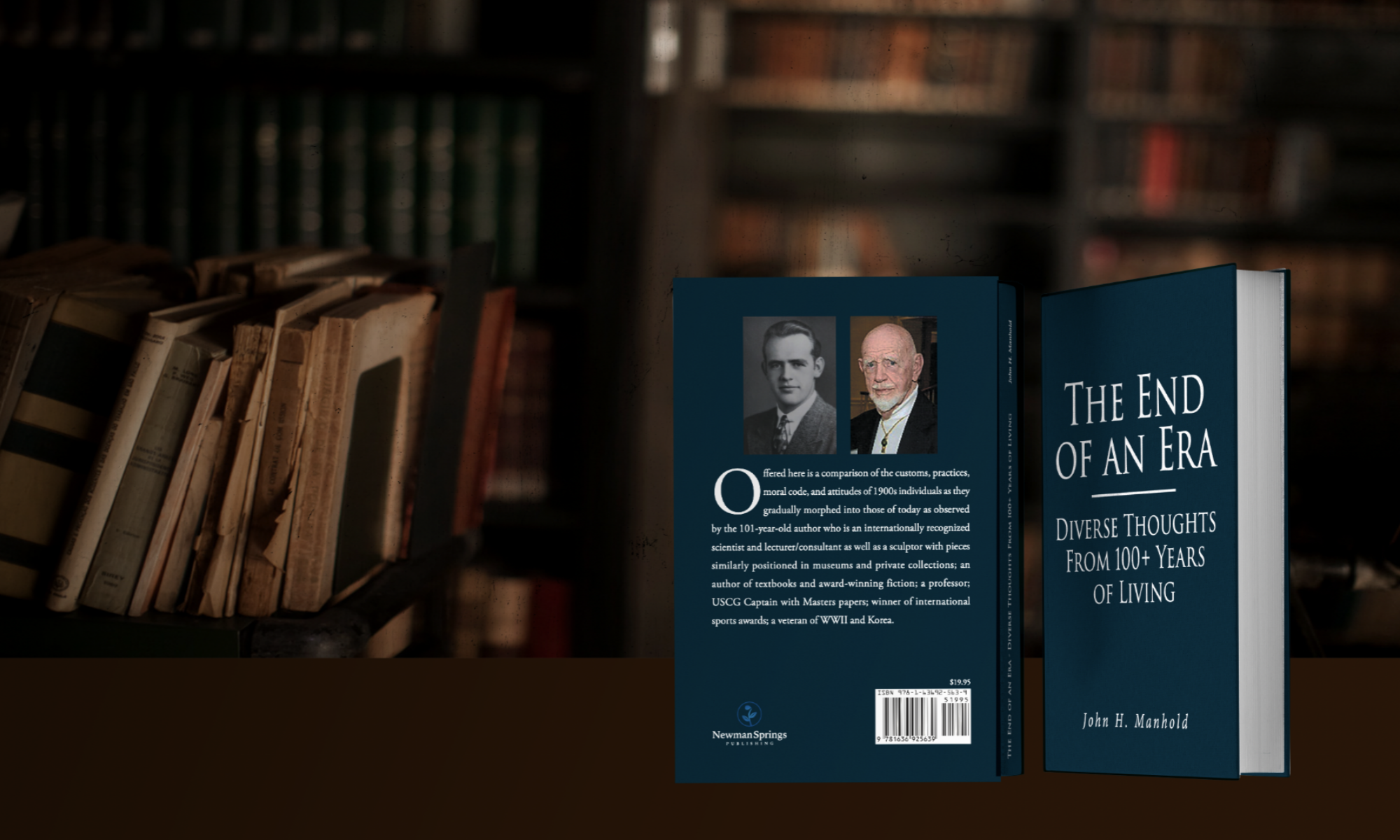The World According to Jennie Morris, published, copyright and written by Jennie Morris.
Sub-titled “Adventures and mis-adventures of a single female traveler”, the author provides an astonishingly extensive list of places visited in the world, portions of which had been visited before many of today’s amenities were available, and were revisited more recently. Included are large portions of Africa, Near and Far East and South-east Asia including Cambodia, the Killing fields and the total area dominated by the Khimar Rouge, Borneo, Australia, New Zealand, Russia including the Trans-Siberian Express, Central and South America and more. Her experiences have included diving Australia’s Great Barrier Reef as well as other notable as well as lesser known areas, swimming with Shark and Semiaquatic reptiles, chasing Komodo Dragons and more. This fascinating book can provide an interesting escape for anyone needing one and for the travel junkie it presents a remarkably extensive list of areas to peruse in attempting to choose their next itinerary.
Discussion: The recounting of this woman’s truly remarkable travels is even more fascinating when considering all have been made largely on a somewhat restricted budget. They, along with snippets of the authors thoughts provided here also provide some insight to the actual answers to the constantly recurring questions she receives as to why she would travel to places that so often called for dangerous activity in miserable circumstances. Her answer always explains that it no doubt may be difficult to understand and is to a certain extent even for her. Regardless, she, has found each journey to be a compellingly enjoyable experience.
As just stated above, a most pausible answer to these questions may be found in the book’s prologue. When one considers the restriction on travel funds, one is aware that this fact advantageously functioned to bring her intimately into contact with the working and/or poorer classes of residents in all of these countries, thus providing a greater understanding of the true nature of each country, its people and its basic culture. The author states: “You learn a great deal about humanity by frequenting waiting places” – airports, train stations, boat docks, doctor’s offices and such, and even more especially when attempting to cross borders of countries less frequently traveled. “Cultures lay themselves bare in these times of watching.” More importantly perhaps, “You also cannot escape yourself, and so much downtime comes from excruciating amounts of reflection and overthinking.” And here perhaps, the real underlying reason appears. She states “I grew up in a family of alphas, a family of chaos, anger, jealousy, put-downs and violence. I was never thought much of by my siblings, and all of my attempts at being loved and accepted were met with derision and insults.” It is a well-known fact that thwarting of a young child’s attempts to earn familial love not infrequently leads to the world of books. This activity allows escape for the individual whenever desired, and into a totally different and magical world where dreams can be realized and unwanted thoughts ignored for a time. The author discovered the same escape at an early age and with growth and maturity was able to obtain the means to actually realize many of those dreams. Her prologue ends with the somewhat poignant “Though I have forgotten more than I remember regarding my travel adventures of the past 20 plus years, I wanted to put a few on paper to those who may enjoy a break from life for a little while.”
Conclusion: Thus, this once poorly understood child has produced a book that actually serves two purposes. The first she has verbalized. The second is that it provides the travel aficionado the basics for a wide range of excellent travel itineraries from which he/she can select their next series of adventures. A third, possibly only vaguely considered, is to follow either of two routes to give even more help to those who best can benefit. First, each of the areas discussed could be expanded by setting forth more details about the places, fellow travelers, and adaptations made by particular residents of these countries to their dreams within the mores of their society. (A plethora of stories lie within the brief synopses that have offered only a tantalizing hint of the many tales waiting to be set forth) Second, the huge number of opportunities for fictional treatment of the material presented certainly deserves consideration.
Summary: This book, although it is granted to suffer from numerous faults set forth by most writers in their first attempts, provides synopses of material that fulfill the author’s stated purpose “to put a few (journeys) on paper to those who may enjoy a break from life for a little while”. But most importantly from this reader’s perspective, it presents synopses of tales a reader hopes she will expand upon in her non-fictional prose to provide further substance for those ‘needing a break’. But also, consideration of a fictional line of endeavor could be considered for the huge number of individuals who look forward to stories that satisfy their needs in the many genres nuanced by the brief descriptions provided.
5* Recommended for targeted audience; others as well for reasons explained.
